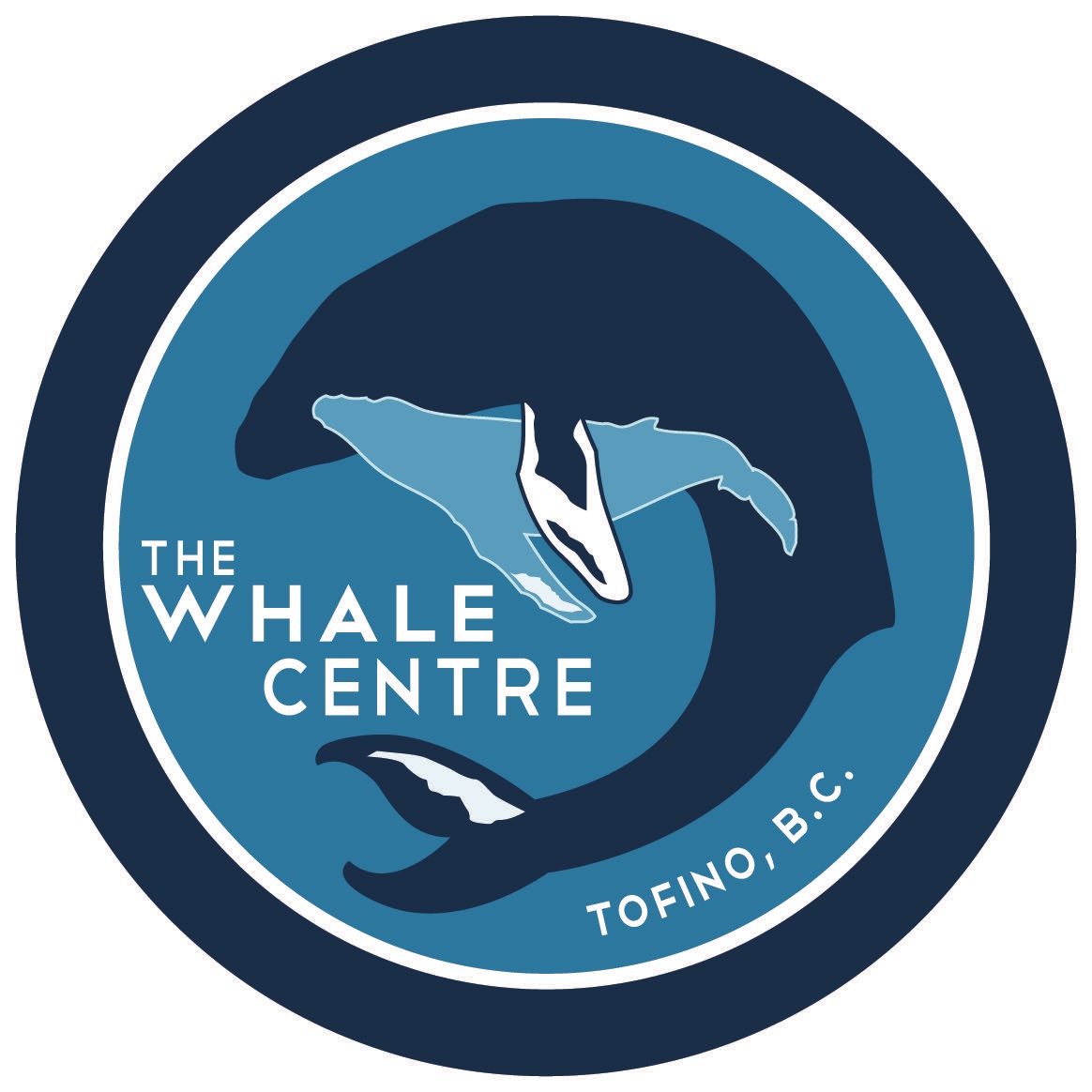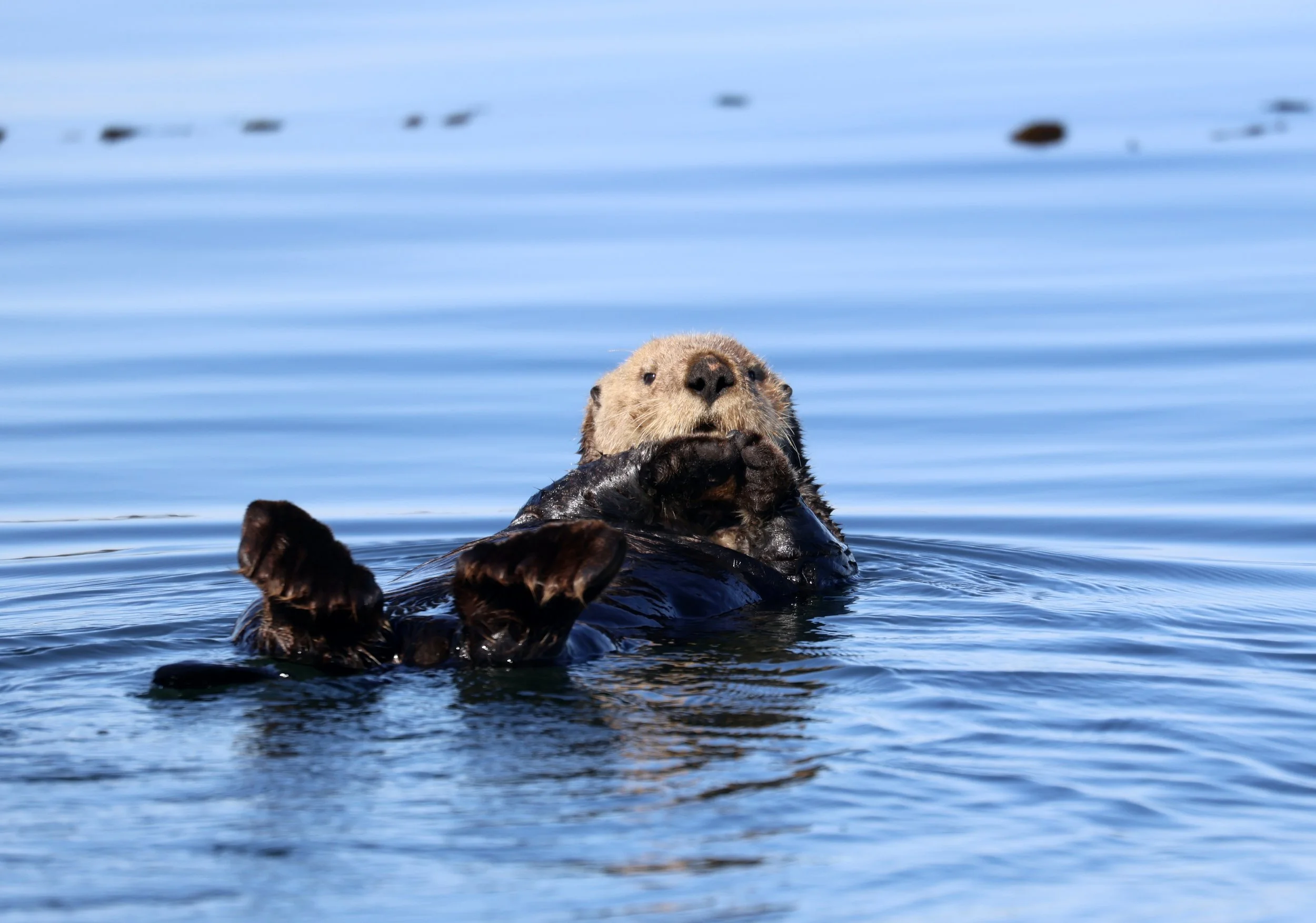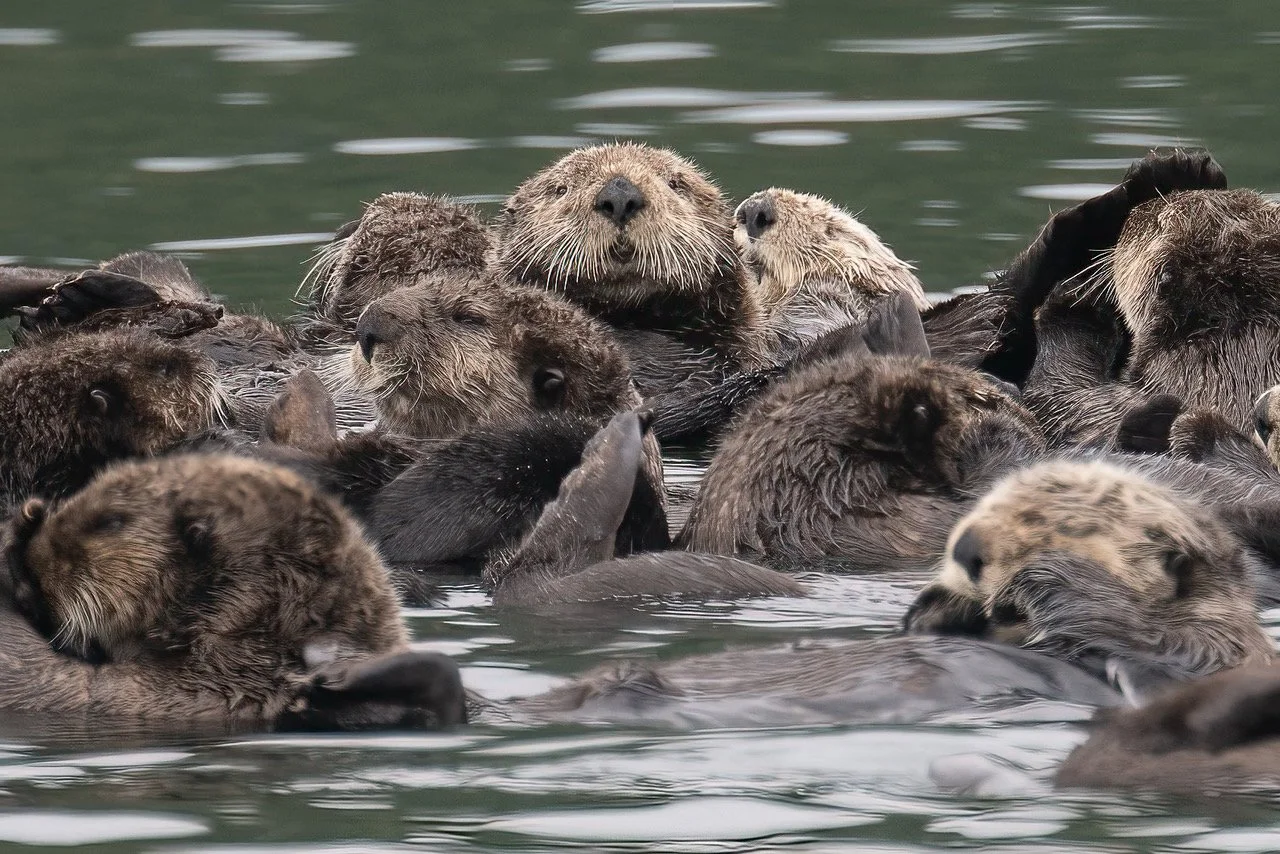Sea Otters: The Ocean’s Adorable Ecosystem Engineers
/When most people picture sea otters, they think of fuzzy faces, whiskers, and paws clasped together while floating on their backs. In Tofino, we’re lucky enough to see these captivating animals almost daily on our tours — but there’s so much more to them than cuteness. Sea otters are powerful ecosystem engineers, shaping the health of our coastal waters in ways you might not expect.
Sea otters were once abundant along the British Columbia coastline, but the fur trade of the 18th and 19th centuries nearly wiped them out. By the early 1900s, they were completely gone from our shores.
In the late 1960s and early 1970s, 89 sea otters from Alaska were reintroduced to the west coast of Vancouver Island. Thanks to conservation efforts, their population has been slowly rebounding — and today, Clayoquot Sound is one of the best places in Canada to see them.
Why They’re Called Ecosystem Engineers
Sea otters play a crucial role in keeping kelp forests healthy. Here’s how:
Kelp Needs Protection – Sea urchins love to feast on kelp roots. Without predators, they can strip entire kelp forests bare.
Otters to the Rescue – Sea otters eat sea urchins (and crabs, clams, mussels, and more), keeping their populations in check.
Ripple Effect – Healthy kelp forests provide habitat for fish, shelter for young marine creatures, and help store carbon, making them vital in the fight against climate change.
Otter Fun Facts
They have the densest fur in the animal kingdom — up to a million hairs per square inch!
Sea otters don’t have blubber; they rely on that thick fur and a high-calorie diet to keep warm in chilly Pacific waters.
They use rocks as tools to crack open shellfish — one of the few mammals known to use tools in the wild.
A group of otters resting together is called a raft. We’ve seen rafts of 20 or more in Clayoquot Sound!
Where to See Them in Tofino
On our whale watching and hot springs tours, we often spot sea otters floating among kelp beds, grooming their fur, or snacking on a freshly caught crab. They’re naturally curious but also cautious, so we always view them respectfully from a distance to avoid disturbing their behaviour.




